Spring reverb has an incredibly unique sound. It’s the perfect, finishing touch on tons of mixes.
Today you’ll learn how you can use spring reverb in your own mixes.
So if you want to make your songs stand out with unique effects, you’re in the right place!
I’m guessing you’re here because you want to make your mixes sound professional. We put together a brief training that covers a totally new approach to music production. Until now, everyone has been teaching production totally backward. Just click below to watch.Get industry-quality every time (steal this framework)
But if you just want to learn about Spring Reverb specifically, keep reading.
What Is Spring Reverb?
Spring reverb is a special type of reverb that’s been super popular since the 1960s. By feeding a sound through springs, it creates the illusion of reverb. The result is a metallic, otherworldly echo.
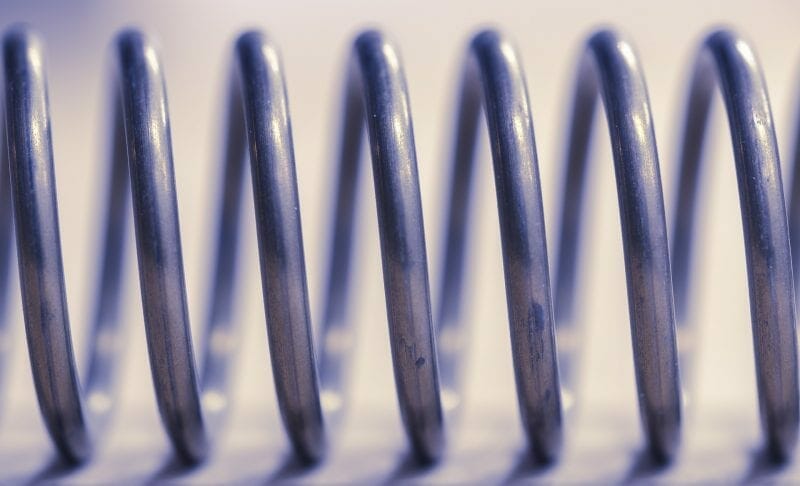
There are tons of software versions out there, but the original spring reverbs are hardware. Many guitar amps and professional studios use these hardware units even today.
It’s a must if you’re writing rock, blues, reggae, or really anything with electric guitar. But its uses go way beyond that.
Spring reverb has an extremely unique sound, making it perfect for all kinds of effects.
So What Does It Sound Like?

Let’s check out a few different examples of spring reverb. You’ll notice that it has a very tinny, metallic tone with plenty of feedback.
Original guitar recording:
Guitar with spring reverb:
Sounds familiar, right? You’ll hear spring reverb on just about every electric guitar tone.
It’s a big part of why guitars can shine through a busy mix.
You’ll also hear spring reverb used on plenty of rock vocals.
Original Vocal Recording:
Vocal With Spring Reverb:
It may not be the most realistic sounding reverb. But that’s not the point.
It’s meant to sound cool, not real.
How Does Spring Reverb Work?

Spring reverb creates the illusion of reverberation.
A few springs are stretched across a metal box. When sound goes through this box, it causes the springs to vibrate.
These vibrations move back and forth through the springs.
This back and forth motion sounds like an echo. So even though your guitar isn’t actually reverberating through a room, it sounds like it is.
Common Uses
You can use spring reverb on anything and everything. And plenty of people do!
Some mixing engineers use spring reverbs almost exclusively.
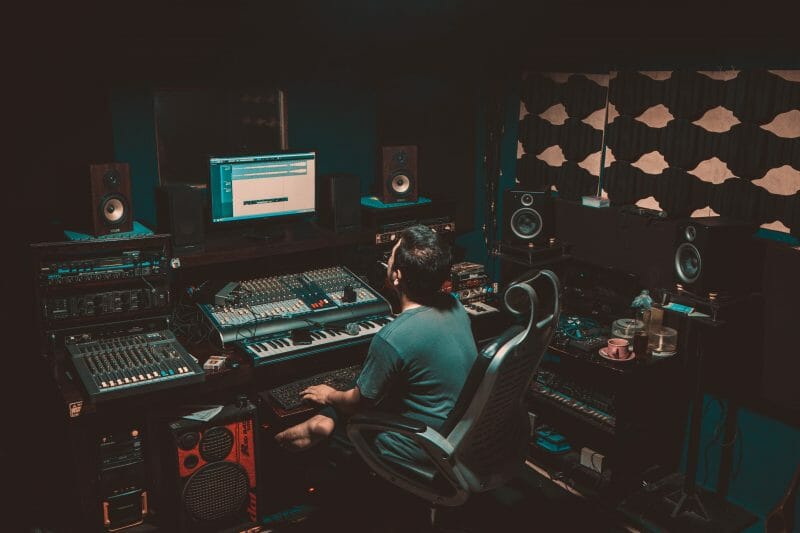
But there are a handful of instruments it’s especially popular on. Let’s look at some of the places you’re most likely to hear spring reverb.
Guitar Amps
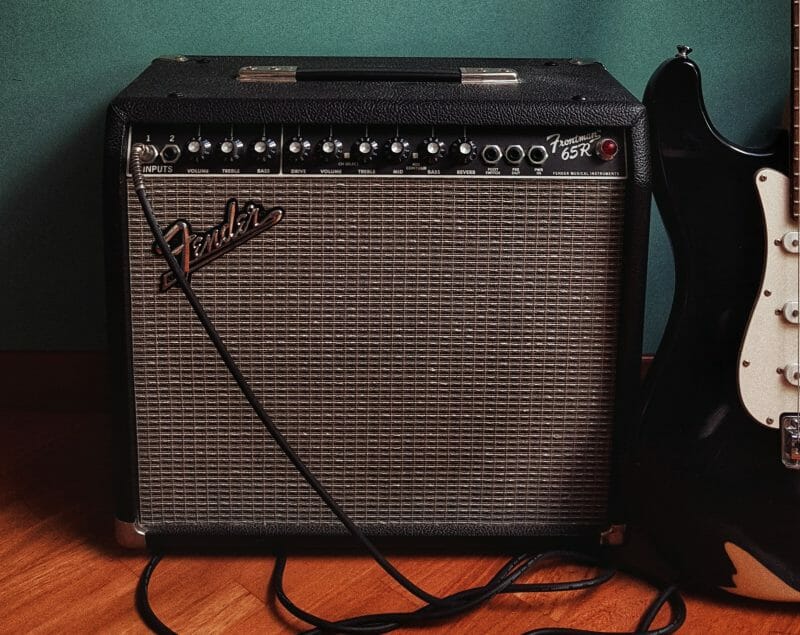
Like I said earlier, spring reverb will put the finishing touch on your guitar tone. It’s a crucial part of many iconic sounds.
Snare Drums
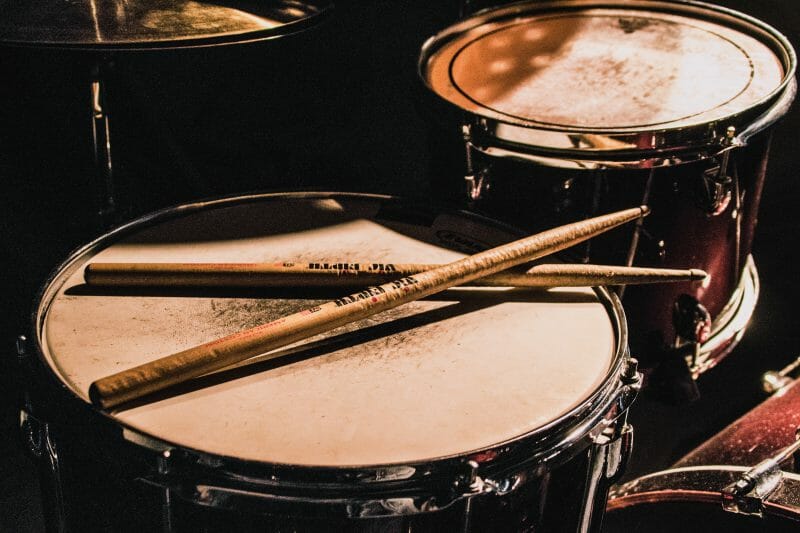
You may not realize it, but you’ve probably heard tons of recordings that had spring reverb on the snare.
This technique was especially popular with reggae and dub.
Rock bands started drawing more and more influence from these genres. So springy snares made their way into other styles.
Check it out.
Original Drum Recording:
With spring reverb on the snare:
In all likelihood, you won’t want to do this on every mix. But when it fits the song, this trick can add some really cool texture.
Pair it with a tape delay to really complete the effect.
Vocals

If you want your vocals to sound a little bit grittier, here you go.
The dark, metallic tone of spring reverb adds edge to a sound. Lots of rock bands use it to dirty up their vocal tracks.
That’s why spring reverb is great for more abrasive mixes.
Synths
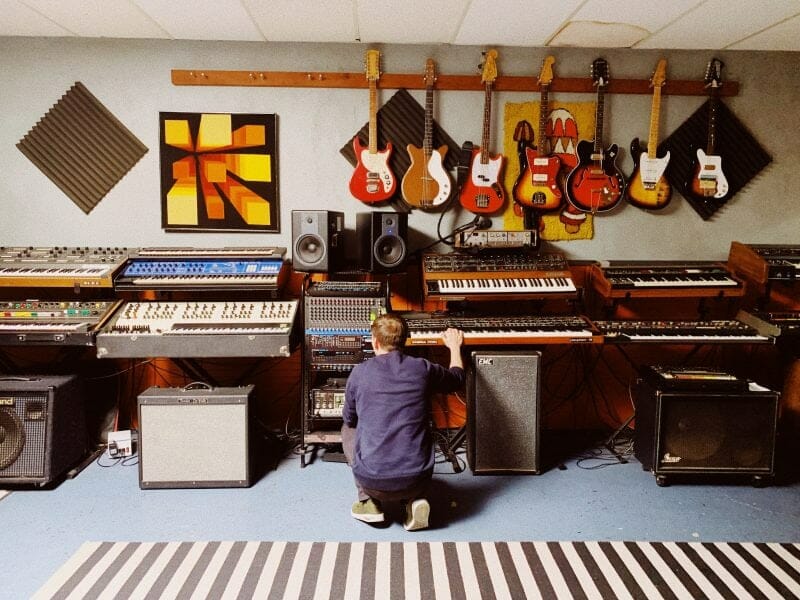
As synths became more popular, people began throwing spring reverbs on them. And lo and behold, it sounds awesome!
Sometimes synths can sound a little too pristine. Especially ones that are “in the box” or, in other words, created in your DAW.
Original synth recording:
Synth with spring reverb:
Spring reverbs are useful for adding some natural grit to an overpolished synth.
Hardware or Software?
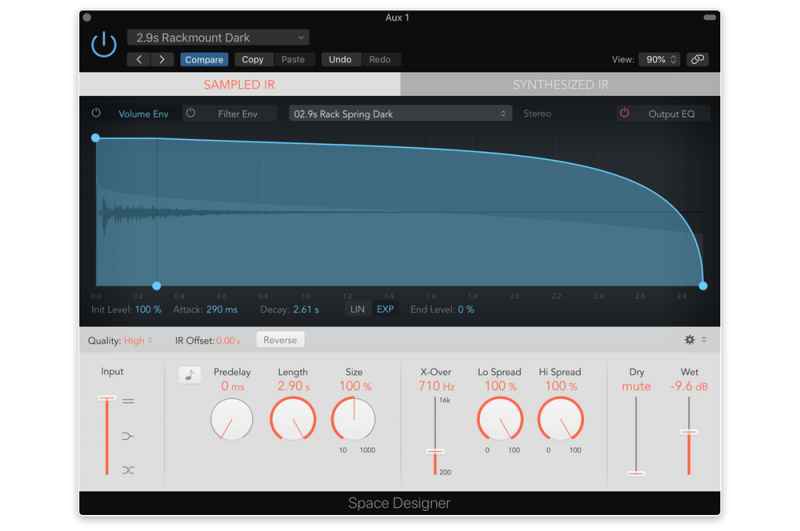
The age-old question: Which is better, hardware or software?
In this case, it kind of depends on what you’re going for.
Do you mostly perform live? You may want to get an amp that has a spring reverb unit.
In fact, your current amp may have one already.
But when it comes to recording, software will work just fine. It’s easy to use and oftentimes sounds really quite close to the real thing.
Recommended Software Plugins
There’s a good chance your DAW already has some solid options.
Look through the presets in your stock reverb plugin for any that have “spring” in the name. You’ll probably find a few.
But if you just can’t get enough spring reverb, check out Springbox.
PSP’s Springbox is an incredible plugin at a pretty low price. It’s my personal go-to for all my spring needs.
Bonus Tip: Cut the Crap
I highly recommend placing an EQ before your spring reverb.
Spring reverb is really good at accentuating mid-range and high frequencies. It’s likely to turn up any nasty resonances in a recording.
So cut those resonances out before they even get to the reverb.
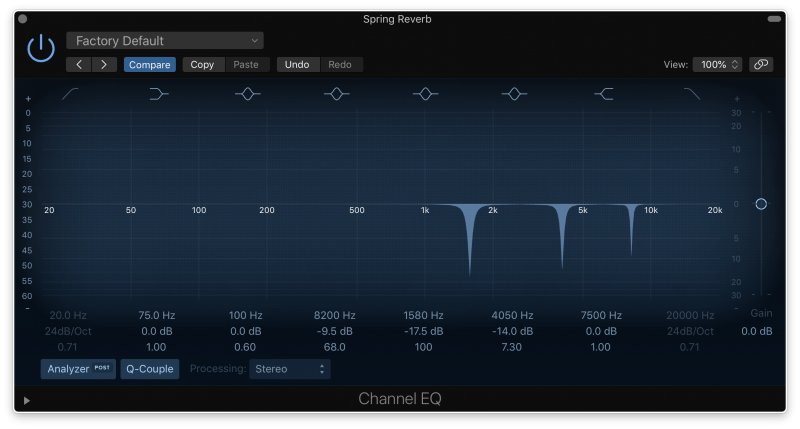
That way, your listeners can enjoy the song without hurting their ears.
Bonus Tip: Plate Reverb
If you’re into old school reverb sounds, you should also check out plate reverb.
It’s a terrific tool that you should bring into your mixes if you haven’t already.
Conclusion
Whether you’re playing live or in a studio, spring reverb can be a huge boon for your songs.
It’s especially useful on electric guitars, vocals, and snares.
So next time you’re working on a mix, try it out for yourself!
If you want to dig deeper into music production and learn what it actually takes to make mixes that sound pro… And you’re an intermediate or advanced producer… Be sure to check out the free masterclass: Enjoy!Next Steps









